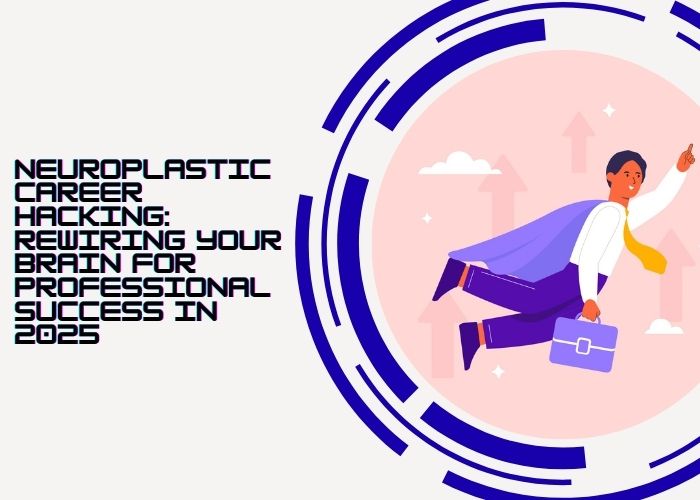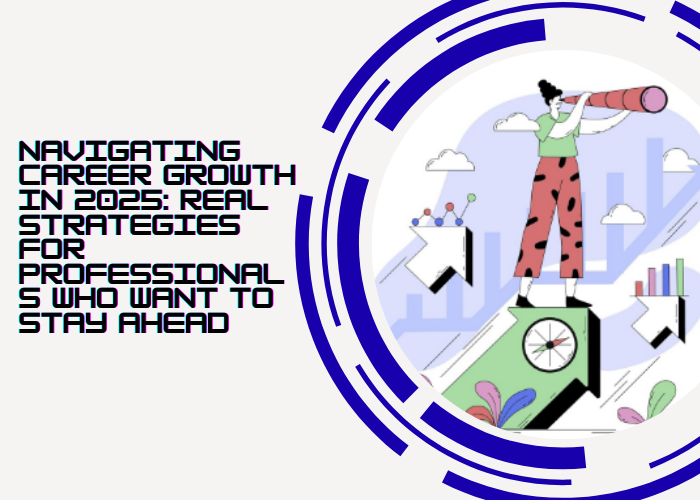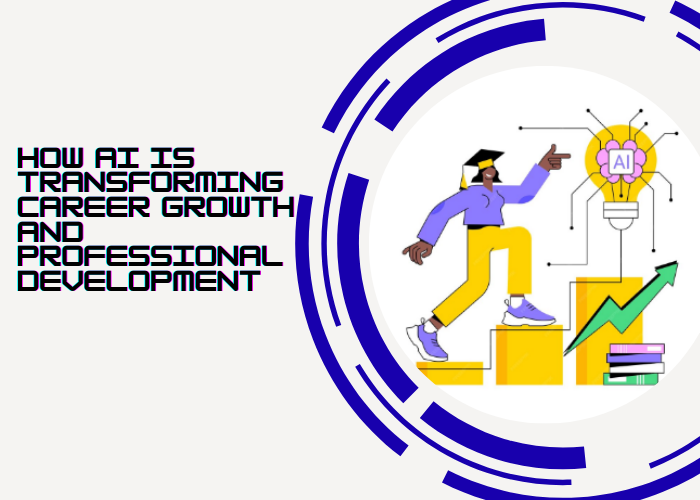Neuroplastic Career Hacking: Rewiring Your Brain for Professional Success in 2025
Traditional career development is evolving rapidly thanks to advances in neuroscience. Neuroplastic Career Hacking leverages the brain’s natural ability to reorganize and adapt, enabling professionals to acquire high-demand skills, optimize decision-making, and thrive in volatile job markets. This approach goes beyond incremental improvement—it’s about fundamentally rewiring how you learn, think, and perform in your career.
What Is Neuroplastic Career Hacking?
Neuroplastic Career Hacking combines principles from neuroscience, deliberate practice, and cognitive behavioral techniques to accelerate professional growth. By intentionally reshaping neural pathways, individuals can:
- Enhance focus and retention for complex skills
- Break habits that limit career advancement
- Develop adaptive thinking for high-stakes decisions
In 2025, as industries experience rapid technological change and uncertainty, agility and the ability to learn new skills quickly are more valuable than static credentials. Professionals who master neuroplastic techniques gain a measurable advantage in performance, adaptability, and career progression.
Core Techniques of Neuroplastic Career Hacking
Several actionable strategies are emerging from neuroscience research to support career advancement:
- Targeted Microlearning: Focused, short sessions on high-impact skills strengthen neural connections faster than conventional training, enabling rapid mastery of complex concepts.
- Mental Simulation: Visualizing complex work scenarios and problem-solving in your mind reinforces cognitive pathways before real-world application, improving readiness and confidence.
- Deliberate Practice with Feedback: Practicing skills under realistic conditions with immediate feedback accelerates neural adaptation and fine-tunes performance.
- Cognitive Flexibility Training: Activities that challenge the brain to switch perspectives, handle ambiguity, or solve problems in novel ways enhance innovation and decision-making capabilities.
- Mindfulness and Neural Reset: Regular mindfulness or meditation exercises reduce cognitive overload, increase receptivity to learning, and support emotional resilience in high-pressure environments.
Benefits for Your Career
Neuroplastic techniques deliver measurable advantages for professional growth:
- Rapid acquisition of emerging technologies and in-demand skills
- Enhanced resilience to industry disruptions and organizational change
- Improved creativity, problem-solving, and leadership under pressure
- Competitive edge by combining scientific methods with strategic career planning
By embedding these practices into daily routines, professionals can accelerate promotions, switch career tracks, or take on challenging projects with greater confidence. The cumulative effect of neuroplastic training over months or years results in a highly adaptable, high-performing professional profile.
How to Get Started
Implementing Neuroplastic Career Hacking involves intentional, consistent actions:
- Identify High-Impact Skills: Analyze industry trends and select skills that offer the greatest career leverage. Break them into microlearning sessions for focused practice.
- Practice Mental Simulation: Daily visualization exercises help internalize workflows, anticipate challenges, and strengthen problem-solving abilities.
- Deliberate Practice with Feedback: Seek real-time feedback from mentors, AI-driven tools, or peers to refine performance and reinforce learning.
- Cognitive Flexibility Exercises: Switch between tasks, learn complementary skills, and challenge assumptions to enhance adaptability and innovation.
- Mindfulness and Meditation: Allocate daily time to reduce cognitive fatigue, improve focus, and increase the brain’s receptivity to learning.
Consistency is key. Neuroplastic changes are gradual but cumulative, so integrating these practices into your professional routine ensures sustainable, long-term impact.
Practical Applications in 2025’s Job Market
Neuroplastic Career Hacking is particularly effective in high-change environments where continuous learning is critical. Examples include:
- Tech professionals mastering AI, cloud computing, or cybersecurity skills
- Healthcare workers adapting to new medical technologies and treatment protocols
- Entrepreneurs developing rapid decision-making abilities and adaptive strategies for volatile markets
- Executives improving leadership, communication, and strategic foresight in complex organizations
By systematically rewiring neural pathways, professionals can respond faster to emerging opportunities, make data-driven decisions under pressure, and outperform peers who rely solely on traditional career development methods.
Challenges and Considerations
While Neuroplastic Career Hacking offers significant benefits, it requires discipline, time, and consistent effort. Breaking old habits can be uncomfortable, and initial progress may feel slow. Additionally, individuals must balance intense cognitive work with rest and recovery to prevent burnout. Combining these techniques with mentorship, coaching, and supportive work environments maximizes success.
Long-Term Outlook
As industries evolve and automation reshapes job requirements, professionals equipped with neuroplastic strategies are better positioned to future-proof their careers. Continuous adaptation, skill acquisition, and cognitive flexibility will define success in 2025 and beyond. By rewiring their brains, individuals can remain agile, innovative, and competitive in even the most unpredictable markets.
Conclusion
Neuroplastic Career Hacking represents a transformative approach to professional development. By intentionally reshaping neural pathways, professionals can accelerate skill acquisition, enhance decision-making, and thrive under pressure. In 2025’s fast-changing, technology-driven economy, combining neuroscience principles with disciplined practice and strategic career planning offers a sustainable advantage. Embracing these methods enables individuals to future-proof their careers, maximize potential, and achieve lasting professional success.



